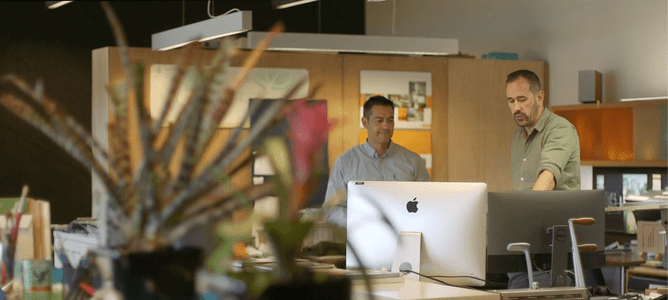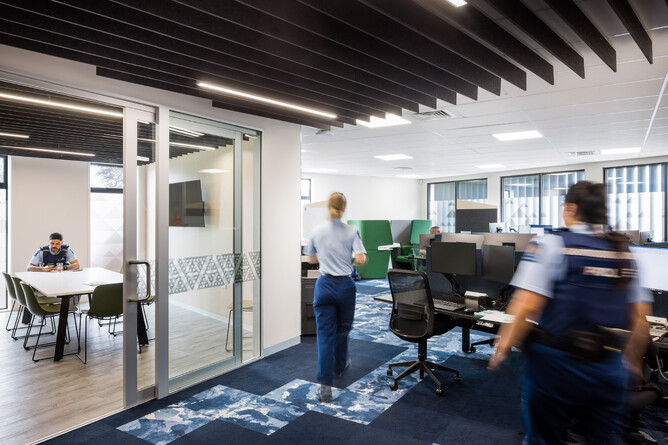I’ve been thinking about low-hanging fruit; relatively simple actions that businesses and building owners can take to improve their office environments.
You can view the published (slightly shorter) column here.
It’s a tough time out there for a lot of businesses, so this month I wanted to write something positive - and hopefully also useful. I’ve been thinking about low-hanging fruit; relatively simple actions that businesses and building owners can take to improve their office environments.
Given the challenging economic environment, many businesses will be taking a hard look at their fixed costs, including leases. And amidst a lot of uncertainty, we can have some confidence, that when businesses are rationalising their office footprints or thinking hard about their spending, we typically see a flight to quality.
This was the case after the covid years, and the trend has continued as employers try to attract high-performing teams and to encourage their staff back to the office. Bayleys noted in March that “the flight to quality is resulting in low vacancies and rental growth among modern properties in desirable locations.”
CBRE research on Nabers (energy efficiency) rated buildings in Australia highlighted that 5.5 and 6 star buildings enjoyed 4% higher occupancy rates than 4.5 star, and 11% higher than 4 star buildings.
Additionally, at the Waikato Chamber Inspire event in April, speaker Belinda Beatty shared research showing that happier people are more successful.
So whether you are a building owner, tenant, business manager or team member, there is value in making your office environment greener, healthier, happier, and more enjoyable. Here are some simple, actionable ideas:
Add some green
Viewing natural scenes has been shown to reduce stress, improve cognitive function, make us calmer, and to help us recover more quickly from stressful situations. If you don’t have a natural view nearby, you can fake it ‘til you make it with paintings or photos on walls, or even by showing a natural scene on the meeting room screen. Alternatively consider adding more office plants, which not only make the space more attractive, but also filter the air.
Improve ventilation
There’s nothing quite like fresh air, so when possible, open windows, and encourage your team to go for short walks outside to decompress in between tasks, or hold walking meetings. It’s also worth checking timers and settings on HVAC systems, and making sure they’ve been serviced.
Lighting
Think about how you can improve the quality of light, especially over workspaces. Consider rearranging desks and other workspaces to maximise natural light. Blinds can also be used to reduce glare, just remember to open them too!
Acoustics
If you have a noisy space, consider talking to an expert if your budget will stretch to acoustic panels. However, even well-chosen soft furnishings or wall-hangings can help to soften the effects of hard surfaces.
Healthy, sustainable materials
When repainting, reflooring, or replacing other tired finishes of furniture, consider:
Low VOC (volatile organic compound) paints
Low VOC flooring and wall finishes
Flooring and furniture, made from recycled or sustainable sources
Low-flow plumbing fittings
Energy efficiency
If you have the budget for it, retrofitting insulation, double glazing, or energy efficient LED light fittings will make your spaces more comfortable and reduce power bills.
Healthy lifestyle
With a bit more to spend, you can also consider adding end-of-trip facilities, i.e. showers, changing rooms, lockers, and secure bike storage, to enable staff to walk, run, or cycle to work, or to get out for some exercise in the middle of the workday.
These are just a start. You don’t have to spend up large, but freshening up your office space could be just the thing to inject some much-needed positivity and optimism to your workplace right now.


